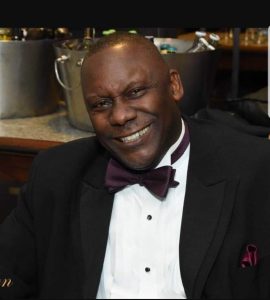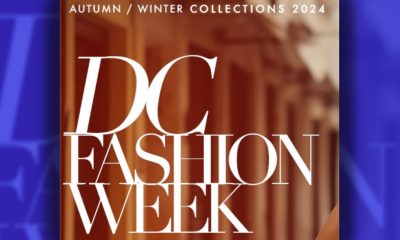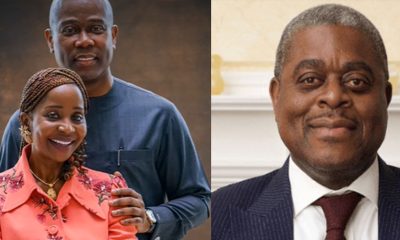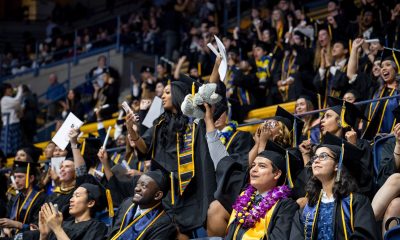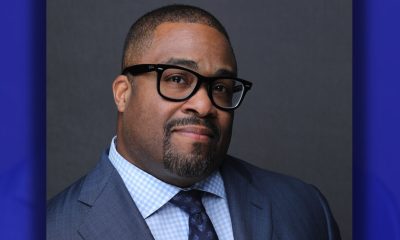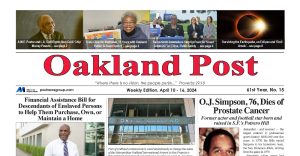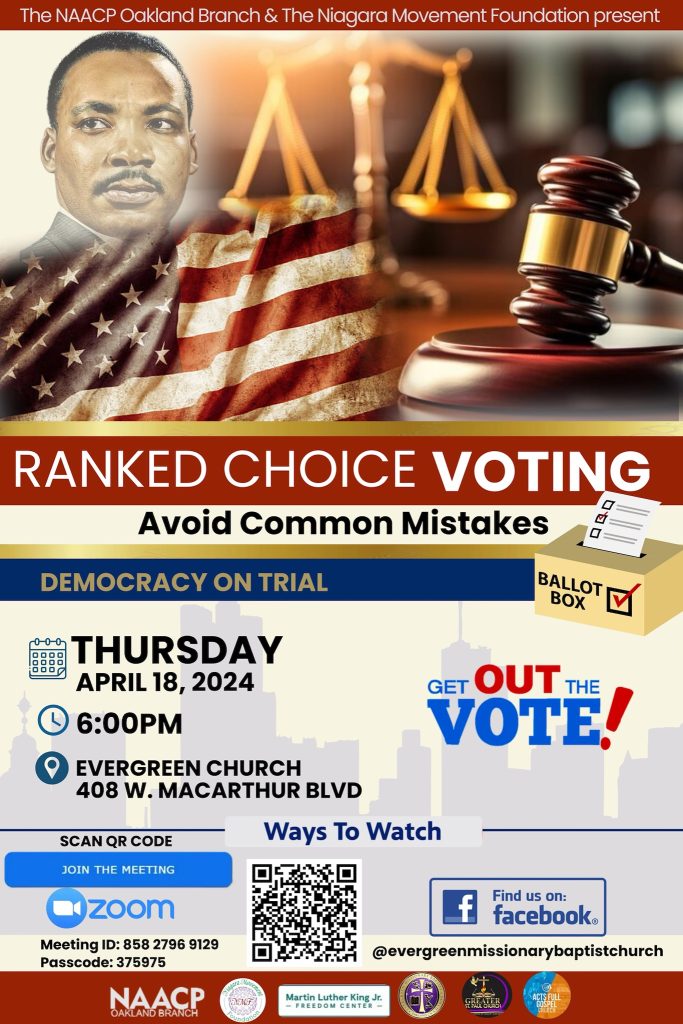Commentary
COMMENTARY: Is Baltimore City Broken?
THE AFRO — Between Baltimore City and the rest of the world, there is always a hint of an unasked and therefore unanswered question. It is a question that is rooted in anti blackness and framed by years of deliberate Black oppression and suppression. It is a question that is difficult to ask of a city that seems to move from one scandal to the next, without pausing for a moment to catch its collective breath.
By Karsonya Wise Whitehead
Between Baltimore City and the rest of the world, there is always a hint of an unasked and therefore unanswered question. It is a question that is rooted in anti blackness and framed by years of deliberate Black oppression and suppression. It is a question that is difficult to ask of a city that seems to move from one scandal to the next, without pausing for a moment to catch its collective breath.
Outsiders look at us with a wary eye, head cocked, with the question ready on their lips. They are not sure of how to frame it, how to ask it without making us angry. They do not seem to understand that the very same question that they are afraid to ask is the same one that we ask, of both our politicians and of ourselves, all of the time: Is Baltimore (our beloved city) broken beyond repair? We are a city full of dreamers, and we want (no, we deserve) to be seen and treated better. We are, as Robert Browning once wrote, “a place where we desire for our collective reach to exceed our collective grasp.”
I think deeply about Baltimore City, about who we are and what we can become. I read our history and the stories about our city with one eye closed. This is an old lesson for me, one learned when I was in college, living abroad in Kenya with a blind woman near Mount Mtelo. She knew that I was a history major and she told me that I should always read the White man’s version of my history with one eye closed. Because, until the day comes when the hunted learn how to write, the stories would always lift up and center the hunters.
Stories and articles about Baltimore City, our neighborhoods and our residents, should be read with one eye closed. I remember this lesson fondly, and it is one of the reasons why I chose to conduct an in-depth ethnographic study of Baltimore’s most economically challenged, hypersegregated neighborhoods. I wanted to write, record and tell the stories of the people who live and reside on the margins of the margins. They are the most vulnerable and their stories need to be told and centered. I think of the words of my colleague, Treva Lindsey, who said that White supremacy does not love us; therefore, we need to learn to love and love on each other hard. This is what my act of radical political love looks like—a little bit of hope being passed from one hand and heart to the next by telling their stories, hearing them speak, bearing witness to their pain, and believing out loud with them and in their story.
Last week, I hosted a Teen Summit at the Academy of College and Career Exploration (it is located in the Hampden area, but the students come from South and East Baltimore), and I asked them, was Baltimore City, the place that they call home, broken beyond repair.? This was my second conversation with them, and they had spent some time between my visits, thinking about Baltimore and about who they wanted to be in the world. De’Shawn spoke first and was clear in his assertion that Baltimore City is broken but not beyond repair: “We just need a lot of help, and we need those who are supposed to help to do the work and fix it,” he said.Tiaja chimed in and said that the problem is that the entire city is dangerous. “People are getting stabbed inside the schools,” she said, “and then you can be in the wrong place at any time in this city and get shot. The people who are supposed to save us and protect us, are not doing their job.” They were just getting warmed up. “It is dangerous.” “It is broken.” “They don’t care about us, they never did.” Shanaya spoke up, “But we care about us, and we can repair it,” she said. We spent the next hour talking through the issues that this city is facing, from the state of the schools to community violence, from the mayor to the police force. I heard them. I saw them, and when I was packing up to go, Amir came over to me and said, “The first time you came I didn’t think anything was going to change because we talk about the problems all of the time; but you made us feel like we could change it. I don’t remember what you said, but it’s like you gave us hope.”
Karsonya Wise Whitehead is the #blackmommyactivist and an associate professor of communication and African and African American studies at Loyola University Maryland. She is the host of “Today With Dr. Kaye” on WEAA 88.9 FM and the author of the forthcoming “The Soul of (My) Black Boys.” She lives in Baltimore City with her husband and their two sons.
The opinions on this page are those of the writers and not necessarily those of the AFRO.
Send letters to The Afro-American • 1531 S. Edgewood St. Baltimore, MD 21227 or fax to 1-877-570-9297 or e-mail to editor@afro.com.
This article originally appeared in The Afro.
Commentary
Opinion: Surviving the Earthquake, an Eclipse and “Emil Amok.”
Last Friday, a 4.8 magnitude earthquake shook New York City, reported as the “biggest earthquake with an epicenter in the NYC area since 1884” when a 5.2 quake hit. A bit bigger. The last quake similar to Friday’s was a 4.9 in 1783.Alexander Hamilton felt it — 241 years ago. That’s why New Yorkers were freaking out on Friday. They were in the room where it happens.

By Emil Guillermo
I’m a Northern Californian in New York City for the next few weeks, doing my one-man show, “Emil Amok, Lost NPR Host, Wiley Filipino, Vegan Transdad.”
I must like performing in the wake of Mother Nature.
Last Friday, a 4.8 magnitude earthquake shook New York City, reported as the “biggest earthquake with an epicenter in the NYC area since 1884” when a 5.2 quake hit. A bit bigger. The last quake similar to Friday’s was a 4.9 in 1783.
Alexander Hamilton felt it — 241 years ago.
That’s why New Yorkers were freaking out on Friday. They were in the room where it happens.
And it just doesn’t happen that often.
Beyonce singing country music happens more frequently.
When I felt New York shake last week, it reminded me of a time in a San Francisco TV newsroom when editors fretted about a lack of news an hour before showtime.
Then the office carpeting moved for a good ten seconds, and the news gods gave us our lead story.
On Friday when it happened in NYC, I noticed the lines in the carpeting in my room wiggling. But I thought it was from a raucous hotel worker vacuuming nearby.
I didn’t even think earthquake. In New York?
I just went about my business as if nothing had happened. After living near fault lines all my life, I was taking things for granted.
Considering the age of structures in New York, I should have been even more concerned about falling objects inside (shelves, stuff on walls) and outside buildings (signs, scaffolding), fire hazards from possible gas leaks, and then I should have looked for others on my floor and in the hotel lobby to confirm or aid or tell stories.
Of course, as a Californian who has lived through and covered quakes in the 4 to 6 magnitude range, I tried to calm down any traumatized New Yorker I encountered by taking full responsibility for bringing in the quake from the Bay Area.
I reassured them things would be all right, and then let them know that 4.8s are nothing.
And then I invited them to my consoling post-Earthquake performance of “Emil Amok, Lost NPR Host…”
It was the night of the eclipse.
ECLIPSING THE ECLIPSE
In New York City, the eclipse was about 90 percent visible. Good enough for me. Though a full solar eclipse is a celestial rarity, blockages of any sort aren’t generally celebrated. My one-man play is about growing up with the eclipsed history of American Filipinos and how I struggle to unblock all that.
For example, did you know the first Filipinos actually arrived to what is now California in 1587? That’s 33 years before the Pilgrims arrived in America on the other coast, but few know the Filipino history which has been totally eclipsed.
I was in Battery Park sitting on a bench and there was a sense of community as people all came to look up. A young woman sitting next to me had a filter for a cell phone camera. We began talking and she let me use it. That filter enabled me to take a picture of the main event with my iPhone.
For helping me see, I invited her and her boyfriend to come see my show.
Coincidentally, she was from Plymouth, Massachusetts, near the rock that says the year the Pilgrims landed in 1620.
In my show she learned the truth. The Pilgrims were second.
History unblocked. But it took a solar eclipse.
Next one in 2044? We have a lot more unblocking to do.
If you’re in New York come see my show, Sat. April 13th, 5:20 pm Eastern; Fri. April 19, 8:10 pm Eastern; and Sun. April 21st 5:20 pm Eastern.
You can also livestream the show. Get tickets at www.amok.com/tickets
About the Author
Emil Guillermo is a journalist and commentator. He does a mini-talk show on YouTube.com/@emilamok1. He wishes all his readers a Happy Easter!
Commentary
Commentary: Republican Votes Are Threatening American Democracy
In many ways, it was great that the Iowa Caucuses were on the same day as Martin Luther King Jr. Day. We needed to know the blunt truth. The takeaway message after the Iowa Caucuses where Donald Trump finished more than 30 points in front of Florida Gov. De Santis and former South Carolina Governor Nikki Haley boils down to this: Our democracy is threatened, for real.

By Emil Guillermo
In many ways, it was great that the Iowa Caucuses were on the same day as Martin Luther King Jr. Day.
We needed to know the blunt truth.
The takeaway message after the Iowa Caucuses where Donald Trump finished more than 30 points in front of Florida Gov. De Santis and former South Carolina Governor Nikki Haley boils down to this: Our democracy is threatened, for real.
And to save it will require all hands on deck.
It was strange for Iowans to caucus on MLK day. It had a self-cancelling effect. The day that honored America’s civil rights and anti-discrimination hero was negated by evening.
That’s when one of the least diverse states in the nation let the world know that white Americans absolutely love Donald Trump. No ifs, ands or buts.
No man is above the law? To the majority of his supporters, it seems Trump is.
It’s an anti-democracy loyalty that has spread like a political virus.
No matter what he does, Trump’s their guy. Trump received 51% of caucus-goers votes to beat Florida Gov. Ron DeSantis, who garnered 21.2%, and former South Carolina Gov. Nikki Haley, who got 19.1%.
The Asian flash in the pan Vivek Ramaswamy finished way behind and dropped out. Perhaps to get in the VP line. Don’t count on it.
According to CNN’s entrance polls, when caucus-goers were asked if they were a part of the “MAGA movement,” nearly half — 46% — said yes. More revealing: “Do you think Biden legitimately won in 2020?”
Only 29% said “yes.”
That means an overwhelming 66% said “no,” thus showing the deep roots in Iowa of the “Big Lie,” the belief in a falsehood that Trump was a victim of election theft.
Even more revealing and posing a direct threat to our democracy was the question of whether Trump was fit for the presidency, even if convicted of a crime.
Sixty-five percent said “yes.”
Who says that about anyone of color indicted on 91 criminal felony counts?
Would a BIPOC executive found liable for business fraud in civil court be given a pass?
How about a BIPOC person found liable for sexual assault?
Iowans have debased the phrase, “no man is above the law.” It’s a mindset that would vote in an American dictatorship.
Compare Iowa with voters in Asia last weekend. Taiwan rejected threats from authoritarian Beijing and elected pro-democracy Taiwanese vice president Lai Ching-te as its new president.
Meanwhile, in our country, which supposedly knows a thing or two about democracy, the Iowa caucuses show how Americans feel about authoritarianism.
Some Americans actually like it even more than the Constitution allows.
About the Author
Emil Guillermo is a journalist and commentator. He does a mini-talk show on YouTube.com/@emilamok1.
Activism
Oakland Post: Week of April 10 – 16, 2024
The printed Weekly Edition of the Oakland Post: Week of April 10 – 16, 2024
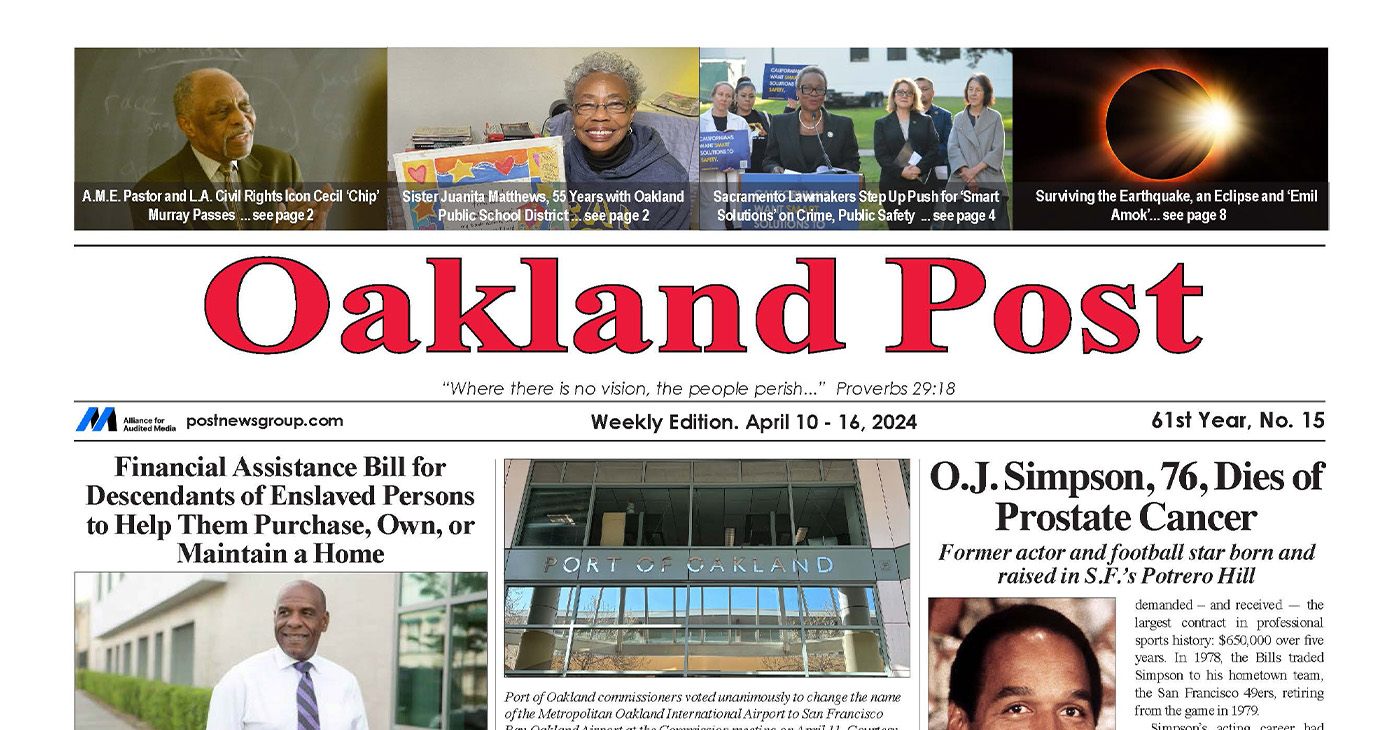
To enlarge your view of this issue, use the slider, magnifying glass icon or full page icon in the lower right corner of the browser window. ![]()
-

 Activism4 weeks ago
Activism4 weeks agoOakland Post: Week of March 20 – 26, 2024
-

 #NNPA BlackPress3 weeks ago
#NNPA BlackPress3 weeks agoCOMMENTARY: D.C. Crime Bill Fails to Address Root Causes of Violence and Incarceration
-

 #NNPA BlackPress3 weeks ago
#NNPA BlackPress3 weeks agoMayor, City Council President React to May 31 Closing of Birmingham-Southern College
-

 #NNPA BlackPress3 weeks ago
#NNPA BlackPress3 weeks agoCOMMENTARY: Lady Day and The Lights!
-

 #NNPA BlackPress3 weeks ago
#NNPA BlackPress3 weeks agoFrom Raids to Revelations: The Dark Turn in Sean ‘Diddy’ Combs’ Saga
-

 #NNPA BlackPress3 weeks ago
#NNPA BlackPress3 weeks agoBaltimore Key Bridge Catastrophe: A City’s Heartbreak and a Nation’s Alarm
-

 #NNPA BlackPress3 weeks ago
#NNPA BlackPress3 weeks agoBaltimore’s Key Bridge Struck by Ship, Collapses into Water
-

 Activism3 weeks ago
Activism3 weeks agoOakland Post: Week of March 27 – April 2, 2024

